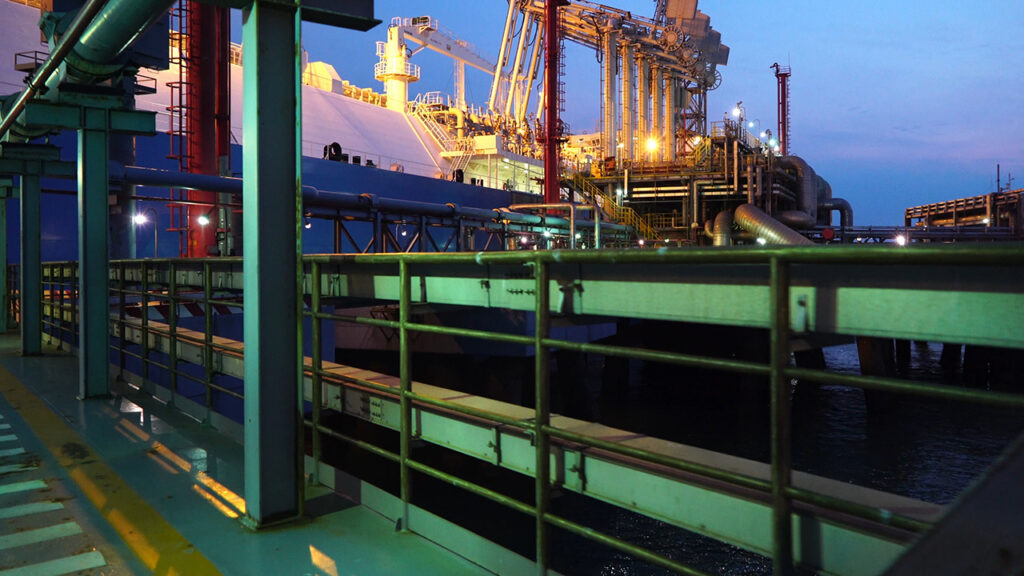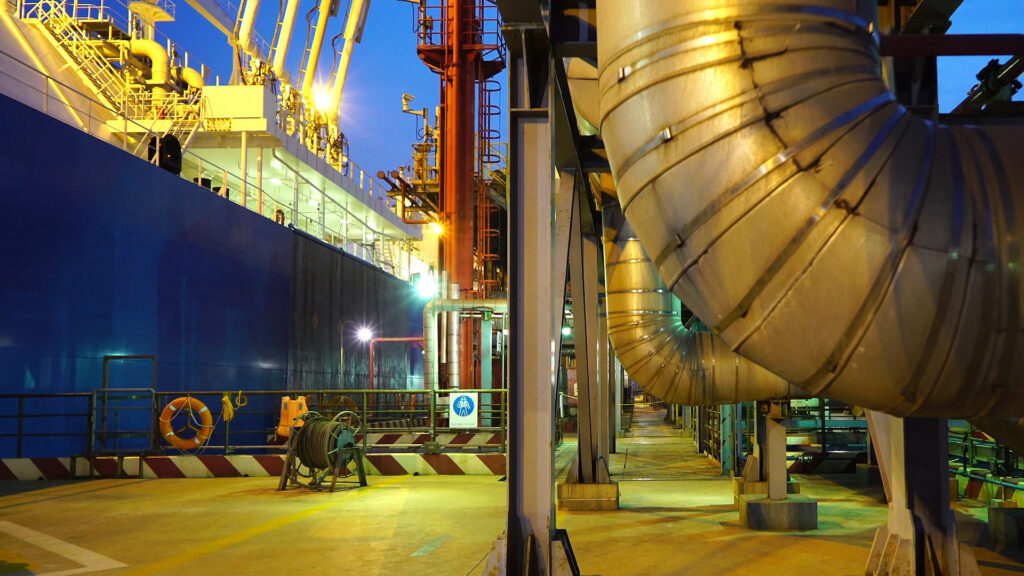A cautionary tale for Insurers facing potential CTL claims – The RENOS1, April 2018
A fire onboard the m.v. “RENOS” resulted in its owner declaring the vessel a constructive total loss, but not before a significant salvage operation and drawn out debates with insurers about the likely costs of repairs. The Court of Appeal held, largely upholding the High Court, that:
- any discussions between owners and their H&M insurers will extend the time permitted to the owners to tender an NOA;
- pre-NOA expenses can be included for the purposes of CTL calculations; and
- SCOPIC compensation is deemed a ‘cost of repair’ for the purposes of CTL calculations.
In the wake of this judgement, hull and machinery insurers must take care in drafting their CTL clauses and also in handling situations where a CTL is on the cards.
The facts of the case
On 23 August 2012, a fire broke out on m.v. “RENOS” (the “Vessel”) whilst she was in the Red Sea. The Owner appointed salvors (the “Salvors”) to assist the Vessel on Lloyd’s Open Form (LOF) terms. The salvors, in turn, invoked SCOPIC (Special Compensation P&I Clause). Both the Vessel owner (the “Owner”) and its hull and machinery insurer (the “Insurer”) appointed surveyors to assess the repair cost of the Vessel. There was great disparity in the evaluation of the repair costs between the Owner’s surveyor and the Insurer’s surveyors. The Owner informed the Insurer that it was considering issuing a notice of abandonment (“NOA”) and claiming for constructive total loss (CTL) of the Vessel.
Over the following five months, despite numerous reports, repair specifications and repair yard quotations the Owner’s figures continued to differ significantly from the Insurer’s. The parties disputed each other’s calculations. On 25 January 2013, a final report was produced by a further surveyor appointed by the Owner. When this report was sent to the Insurer, the Insurer responded reserving its rights. On 1 February 2013, the Owner issued an NOA, which the Insurer shortly rejected for being “given far too late”.
The Insurer fared badly in the High Court. Amongst other things, the Court found that:
(a) Owner was not too late in tendering NOA.
(b) Expenses incurred prior to tendering NOA were included in the CTL calculation.
(c) SCOPIC expenditure was also included in the CTL calculation, even though this is a P&I risk and excluded from Hull & Machinery insurance.
(d) Owner could recover certain expenses pertaining to the hire of a powerful stand-by tug as sue and labour and these expenses could also be included for the purposes of the CTL calculation.
The Insurer appealed to the Court of Appeal. Hamblen LJ delivered the main judgement, with which Simon JL and Sir Geoffrey Vos agreed without further comment.
Key issue #1: Notice of abandonment
The Insurer asserted that the Owner’s five-month delay in serving the NOA amounted to an election not to abandon the Vessel. It argued reliable information (as required by the Marine Insurance Act 1906) was available to the Owner earlier and that the NOA should have also been tendered earlier.
Hamblen LJ ruled that “…in the particular and relatively unusual circumstances of this case, I consider that…no more than a reasonable time was taken.” He reached this conclusion given “…the nature of the casualty meant that achieving reliable information of the loss would be a complex task and take time.” He also supported the judge’s argument in the Court of first instance that “…the task was made more complex and slower because of the approach taken on behalf of the Insurers…” This referred to the Insurer’s insistence that the Owner procure additional expert reports, and the Insurer’s approach in disputing the Owner’s figures and claims as to a possible CTL of the Vessel.
Key issue #2: Pre-NOA costs in CTL calculations
Section 60(2)(ii) of the MIA states that there will be CTL “where she is so damaged by a peril insured against that the cost of repairing the damage would exceed the value of the ship when repaired.” This section of the MIA goes on to say:
“In estimating the cost of repairs, no deduction is to be made in respect of general average contributions to those repairs payable by other interests, but account is to be taken of the expense of future salvage operations and any future general average contributions to which the ship would be liable if repaired…”
The Insurer argued that salvage expenses, having been incurred prior to the issuance of the NOA, were not to be included as they were not future salvage expenses. Hamblen LJ, in agreeing with the Court of First Instance, rejected the Insurer’s assertion: holding that whether or not salvage costs are incurred before or after giving the NOA is irrelevant. He drew an analogy with repair costs, which can be incurred before giving of an NOA or be future costs not yet incurred in order to be counted for the purposes of CTL. He then cited practical consideration of a casualty where salvage operations often take place before an owner can assess the situation and claim a CTL. Finally, referring to successive editions of Arnould, he argued that the words “future” in section 60(2)(ii) of the MIA “…are words of inclusion rather than exclusion, making it clear that such future costs can be taken into account.”
Key issue #3: SCOPIC
SCOPIC remuneration was devised to protect P&I Clubs against environmental liability from a casualty that they might otherwise incur. The clause incentivised salvors to act in such a way so as to attempt to protect the environment even if they cannot save the property.
Paragraph 15 of SCOPIC used in the salvage agreement between the Owner and the Salvors read as follows:
“…SCOPIC remuneration shall be that of the Shipowner alone and no claim whether direct, indirect, by way of indemnity or recourse or otherwise relating to SCOPIC remuneration… shall be made…under the vessel’s Hull and Machinery Policy by the owners of the vessel.”
The Insurers argued that the SCOPIC award should not be included in the CTL calculations because (i) is not a ‘cost of repair’ and (ii) the Owner is contractually precluded, by paragraph 15 of SCOPIC, from doing so.
Their first argument was based on the conceptual difference between SCOPIC remuneration and Article 13 Award. The former is payable to protect the Owner and the P&I Club from liability, rather than to safeguard the property at risk. The Court disagreed with the appellant holding that, whilst, conceptually there is a difference, in reality, the “…salvage remuneration element was an unavoidable part of what had to be paid to recover the Vessel…” and quoting the first instance judgement added that “…it is an indivisible part of an item the balance of which the Insurers accept is a “cost of repair””.
The Insurer argued that a claim for CTL which included SCOPIC as a ‘cost of repair’, made it a “…claim whether direct, indirect, by way of indemnity or recourse or otherwise relating to SCOPIC remuneration…under the vessel’s Hull and Machinery Policy…” The Insurer also asserted that, given SCOPIC is not covered by H&M insurance, it cannot be ranked in CTL calculations. Hamblen LJ disagreed, however, saying that in the present case, no indemnity was sought from the H&M underwriters for the SCOPIC remuneration and it was merely one of the elements to take into account for the purposes of determining whether the Vessel is a CTL. The Insurer’s third argument was thus also rejected.
Key issue #4: Sue and labour
The final argument raised by the Insurer was that when considering certain sue and labour expenses, the judge in the Court of first instance erred in the application of the relevant legal test. They asserted that the mere fact that the costs were reasonable for the purposes of CTL calculations was insufficient to demonstrate that they were reasonable as sue and labour expenses. In particular the argument centred on the use of a very powerful and expensive tug.
The Court of Appeal agreed with the Court of First Instance and rejected the Insurer’s argument, holding that the use of a more powerful tug was reasonable given it needed to be capable of more than standby was needed to deal with any eventuality that transpired. This need decreased with time and an allowance had been made for this. Additionally, the absence of suitable alternatives served as an additional justification for the tug’s use.
Implications for future cases
Following this decision, insurers would be well-advised to act carefully when engaging with their assureds on the issue of repair costs in circumstances where a CTL is in doubt, and where a Notice of Abandonment (NOA) has not yet been tendered.
In this case, the Insurer was heavily criticised, in both the High Court, and the Court of Appeal, for its initial handling of the claim. Insurer’s discussions with the Owner on the repair specifications, and shipyard estimates, was held to justify, (at least in part), the three month delay by Owner in tendering the NOA.
It is noteworthy that the costs of a stand-by tug incurred during this period, in a total sum of US$ 1.2 million, were held to count for the purpose of the CTL calculation. These costs were also recovered from insurers under the sue and labour clause.
There is, accordingly, a risk that pre-NOA discussions between an insurer and an assured may extend the period by which the assured must tender a NOA and, since pre-NOA expenses can count in the CTL calculation, such a delay may actually increase the likelihood of a loss becoming a CTL.
This case also determined that SCOPIC expenses count as “costs of repair” for the purpose of the CTL calculation. This is, notwithstanding, that these costs are not covered under a hull policy, and are paid in respect of salvor’s efforts to protect the environment (i.e. a P&I risk).
Accordingly, absent a successful appeal to the Supreme Court, it may be prudent for insurers to add an additional clause in hull policies stating expressly that net SCOPIC expenses (i.e. SCOPIC costs net of Article 13 contributions) are to be excluded from any CTL calculation.
How HFW can help
This case highlights the practical difficulties H&M underwriters face when handling potential CTL claims. It also highlights a deficiency in some marine insurance policies concerning the treatment of SCOPIC expenses. At HFW, we can assist in reviewing policies to ensure clarity and avoid similar disputes. Additionally, we can assist throughout the claims management process, to help avoid the pitfalls that this case outlines.
Footnote
- Sveriges Angfartygs Assurans Forening (The Swedish Club) and Others v Connect Shipping Inc and Another (The “RENOS”) [2018] EWCA Civ 230
Download a PDF version of ‘A cautionary tale for Insurers facing potential CTL claims – The RENOS1, April 2018’








